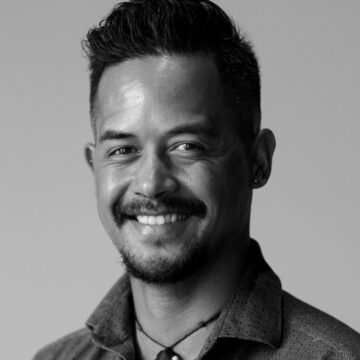Speaker Profile


Whare Timu
Principal / Senior Designer
Warren and Mahoney
Whare Timu is a senior design lead and cultural advisor with over 15 years’ experience across a range of sectors in the built environment. He leads Warren and Mahoney’s Advanced Indigenous Design Unit – Te Matakīrea, to help develop a platform made of an authentic indigenous presence and voice within the practice and deliver to the wider community.
Whare is deeply rooted in in his Māori culture. Te ao Māori (Māori view) and tikanga Māori (protocol) play a crucial role for him, both personally and professionally, to be able to bring people together. He has a deep understanding of tikanga Māori and is practiced in whaikōrero and kapa haka. His experience comes from a diverse range of projects and developments, including papakāinga (intergenerational housing), large scale typology housing, cultural-driven public architecture, and infrastructure. His capability in highlighting cultural impact with partners and clients enables him to undertake specific roles as cultural advisor and stakeholder design manager, creating outcomes and objectives for the benefit of all partnerships.
As a practitioner, Whare brings his practical knowledge, along with his indigenous background, and shares his insight for various academia purposes. He has strong relationships with some of our most reputable colleges, universities and institutions across the country and across the Pacific, including Princeton University in New Jersey. He is a regular writer and convenor for various publication such as Architecture NZ and CTI Fresh Thinking for Princeton. He has recently contributed perspective and insight to BRANZ Built magazine and Australasian Leisure Management on the incorporation of indigenous architecture and authentic design into our projects and how we can create a gateway to facilitate this from the outset. He has ongoing relationships with some of the Aboriginal communities and has recently contributed to Architecture AU regarding the place and process of Indigenous awards – and how to embed indigenous content, conversation and perspective into the broader context of architectural recognition.
